#flint and chert
Explore tagged Tumblr posts
Text
The idea of them being formerly part of the Off Colors until the Shattering Robonoids got to em makes a lot of sense
another thing i would really love to see in lars of the stars: flint and chert. those two quartz gems that were originally supposed to be part of the off-colours (their defect was that they didn't want to fight), scrapped, and then appeared in that one scene in homeworld bound where yellow diamond was fixing shattered gems
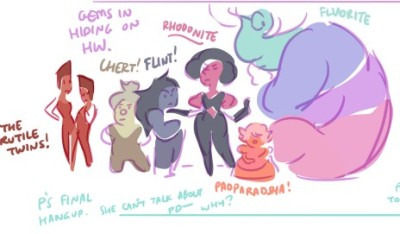
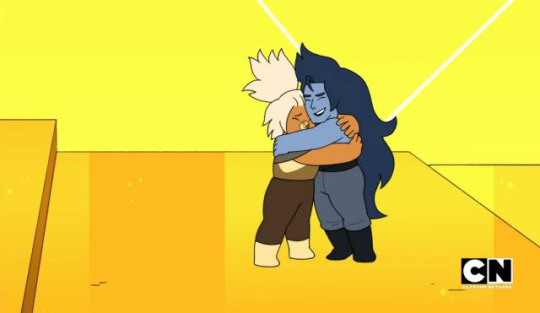
they were originally cut out because of the gang being too overcrowded, but how cool would it be to actually see these guys become a part of the group in someway? they don't even have to hang around, maybe they just appear every now and then, maybe they used to be part of the off-colours but got captured and shattered, and the rest of the gang are just ecstatic to see them safe and sound. just spitballing here, i've always been really interested in them
138 notes
·
View notes
Text

~ Eccentric Flint in the Form of a Scorpion.
Place of origin: Belize, Guatemala, Honduras, or Mexico (Mesoamerica)
Culture: Maya
Date: A.D. 600–900
Medium: Stone, Chert
#7th century#10th century#flint#eccentric flint#scorpion#mesoamerica#maya#mexico#belize#guatemala#honduras#stone#chert#a.d. 600#a.d. 900#history#museum#archeology#archaeology
6K notes
·
View notes
Text




More variety of echinoids from different ovale forms, in flint colors on the rock plates.
They looks like dry crusty crumble cookies.
#fossils#galerites vulgaris#fossil collecting#geology#echinoids#echinocorys#echinoid#fossils 2024#flint fossil#flint rock#chert#collecting rocks#galerites & echinocorys
109 notes
·
View notes
Text
Ok my head has marinated a bit, will we finally see Lars learn Lion's powers? Finally get the Morganite backstory? See Rhodonite and Fluorite's fusion components? Will we see new planets/moons like the Jungle Moon? Emerald? Diamond backstory? Could we see some of the original cast guest-star by just popping from Lars' head? Will it be for the same target audience or an older audience like Fionna & Cake? I just can't WAIT for these answers
#my head is swimming we're so BACK#ok this might just be my hyperfixation talking but since rebecca and ian are big one piece fans#maybe we'll see more off-colors join lars' crew at some point? it could even be flint and chert!#i also hope rebecca writes more songs! and that aivi & surasshu come back for the music!#steven universe#lars of the stars#my post
14 notes
·
View notes
Note
How do you think a homeworld chert and flint would look like?
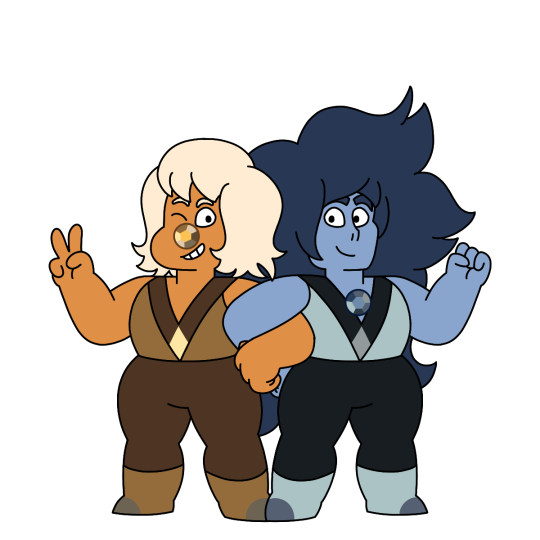
I made them for the Quartz wiki Im working on :^)
14 notes
·
View notes
Text
i was organizing my room a bit and i find an old rock i picked up because it was a weird mix of smooth and porous. cool. i look at it. the chips in it seem almost shell shaped. hmm. i tap it, its high pitched like tapping a large coin. HMM anyway i went outside and bashed it with a rock a bit and yeah its knappable. the outer shell of white semi porous rock gives way to a waxy/shiny warm grey stone. i made a sharpish point with it. my room is no more organized but i am rejoicing. the edges closest to the white shell are really easy to pressure flake like i can just press a bit with my fingernails and it flakes. 10/10 i dont think this is good quality whatever it is but its wonderful and i like it.

#mios rambles#look man i think lithic period tools are so cool#am i good at making them? no. but i've got some more bits to practice with :)#they're a bit less shiny than the chert samples i have which i refuse to practice with because the gradient on that one is so pretty.#its also a more smooth and cool grey than whatever this is.#i could check if it was flint if i had some steel. gotta start looking.#im winning so much you have no clue this is like finding gold for me.
4 notes
·
View notes
Photo

Spiky flint a-grade specimen sedimentary rock educational crystal
All of our Fossils are 100% Genuine Specimens & come with a Certificate of Authenticity
Specimen: Spiky Flint A-Grade
Location: Branscombe, Devon, UK
Scale cube=1cm: Full sizing please see photo.
Flint is a sedimentary cryptocrystalline form of the mineral quartz, categorized as the variety of chert that occurs in chalk or marly limestone.
This particular piece includes a possible Ammonite or spunge indentation.
ACTUAL AS SEEN: The image shows the EXACT unique specimen you will receive. Measurements are as accurate as possible, though be aware measuring precise dimensions can be difficult from irregular shaped items. Whilst we portray colours as close to life-like as we can, colours will vary if taken in sunlight, indoors, from monitor to monitor and device to device.
#fossil#fossils#flint#sedimentary rock#flint rock#limestone#chert#mineral quartz#quartz#mineral#minerals#chalk
0 notes
Note
top five rocks
5
Limburgite
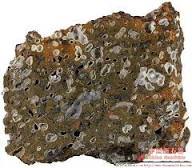

Looks kinda like candy. Like reeses and chocolate, or maybe normal peanut butter and chocolate.
4
Epidosite
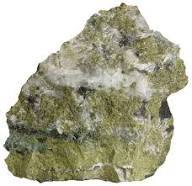
Pretty green colors.
3
Obsidian
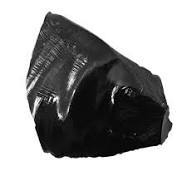
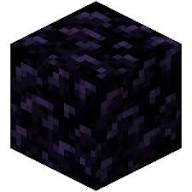
Shiny black rock. Statistically less likely to kill you than coal.
2
Flint/Chert
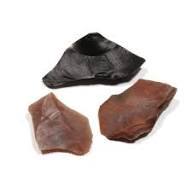
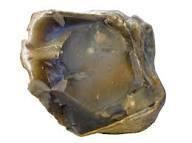
Super cool rock.

You can make weapons out of it!
1
Gypsum
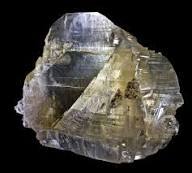
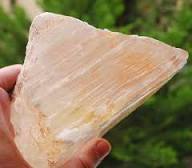
I know what you're thinking "those are some normal rocks, why those ones?"
Guess what, loser?


It's one of the main ingredients in chalk!
That shit is delicious. Orange is the best flavor, red second best, and blue third.
0 notes
Text
Photo # 2 depicts the two echinoids from back found of the lately 90‘s.




Echinoid yellow edition.
Here are the shown echinoids in yellow color.
Found by myself and the two from Dad decades ago ( pic 2 fist sized) 5 now in total. Some like crystalized in chalcedon and others in the last years.
Some are tranculent under light from the mineral, some not. Like them in orange color.
The varity of my echinoid urchin finds now are from yellow to orange, murky red, orange grey, dull brown, grey and not tranculent grey to black flint. The fractured brown to dark gray.
Some in brown are not flint chert sedimentary rock.
The black flint specimen are rare here, not near the coast. Or to hard for the eye to minimum recognize in their pattern.
My vacation days are now ending. Sadly, i have now fewer free time with the upcoming work and stress with a lot of private stress to. Live is an pain in the brain and ass sometimes a lot. 🥲
#echinodea#echinoids#fossil hunt#fossil collecting#hobby#fossils#sea urchin#fossils in germany#fossils 2024#fossil record#flint rock#chert#chalcedony#echinocorys#flint fossil
6 notes
·
View notes
Note
So, I've seen alot of predictions/wish lists for LOTS, thuss far but one character(s) seems to be always left out of the the discussion.
Of course that being the Rutile Twins, which it DOES make sense since they were the least developed members of the crew, but it really sucks since they were one of my favs.
Is there anything in particular that you would like to see from them or what do you think their role is gonna be?
I personally see them as the groups moral compass (not that the rest are bad people or anything like that). They seem to be the most proactive when it comes to helping people in need like when they first helped Steven and Lars and later they were the first to refuse Lars offer to escape to Earh and leave him behind.
I've noticed they get left out when it comes to loving on the Off Colors Crew! But honestly, we spent so little time with all of them that each was boiled down to a specific trait that defined them. And what's interesting is each is summed up by a SPEECH PATTERN. Padparadscha speaks late. Fluorite speaks slowly. Rhodonite speaks through anxiety and fear. And the Rutile twins . . . repeat each other's phrases in slightly different voices.
Unlike the Fusions they hang out with, the Rutile twins are always together but aren't a Fusion. But we've never seen them in disagreement, EVER. I would love to see some of the dynamic I've sometimes seen in coverage of conjoined twins: what makes the twins different? ARE they two people? (I think they are, but it hasn't been expressly discussed.)
Do they have separate preferences sometimes? Do they fight? What happens if they disagree on something fundamental? Have they ever come up with individual names? Is one more positive, pessimistic, or brave than the other? Do they bargain? Is one more often the idea person? Does either twin ever have conversations with others without the participation of their twin? I would love some development to show how they are different. Or--is it more that they aren't different? They're described as having "one Gem" in the show. Could it be that--unlike with human conjoined twins--they're more like one Gem with two heads who DO think alike and in coordination? I think it's more likely that they're really supposed to be like two people with a conjoined body, but since Gems are defined identity-wise by their Gemstone and they technically have ONE, who knows?
The Rutile Twins are also pilots, which should mean they have good reflexes and spatial reasoning, and their defining personality characteristic is their fearlessness. They are badasses without being braggarts about it, which would make them very good for leadership if they weren't following someone who's more aggressive about it (Lars). They don't seem to be physically strong and their intelligence hasn't really been touched on, but it seems like they are dependable, quick-thinking, and very brave. They're compassionate and willing to take chances to protect and guide others. I'd love to see more of this in the show, as well as an expansion of how this manifests when the plot gives them more complex goals.
I'd also be interested to know whether the Off Colors have had any discussions as a group about what made them Off Color to begin with. The Rutile Twins and Padparadscha did not have any choice in the matter; they "came out wrong," essentially. Rhodonite and Fluorite, as Fusions, do not have any say over their existence, but a choice to live as a Fusion motivated their components, and I could see some divide being discussed between those whose decision to embody love made them Off Color and those whose bodies/minds don't match the ideal. Who one loves isn't a choice, of course, but what one does in terms of the relationship can be seen as a choice and an action.
And though I know this was rearranged for the show, but I'd be interested to know whether Flint and Chert were originally part of the group's past at any point. They were scrapped Off Color ideas when the Crew decided to slim the group down to the members we saw in the final, but these two were used in a brief scene in Future when Yellow was fixing their physical forms. I'd love to know if they ever lived with the present Off Colors only to later get shattered, or whether the canon is now written such that they never were part of the group. If they were ever around, I'd love to know how the rest of the group saw them. And whether any of the individual members of Fluorite's Fusion started off as individual Off Colors with their own relationships with the other members before they joined that polycule.
I hope they get the original voice actors for everyone back, and I am especially appreciative of the Rutile Twins' different voices. I made a post a long time ago about how their music reminds me of baoding balls.
33 notes
·
View notes
Text
Meet Flint! My hatchling insert character (just a sketch. working on cleaning it up digitally)


The Travelers: (in order: gabbro, feldspar, riebeck, chert)

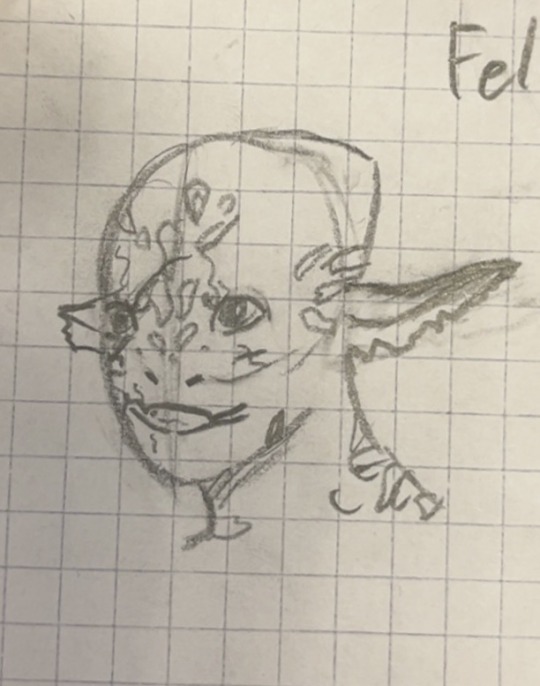
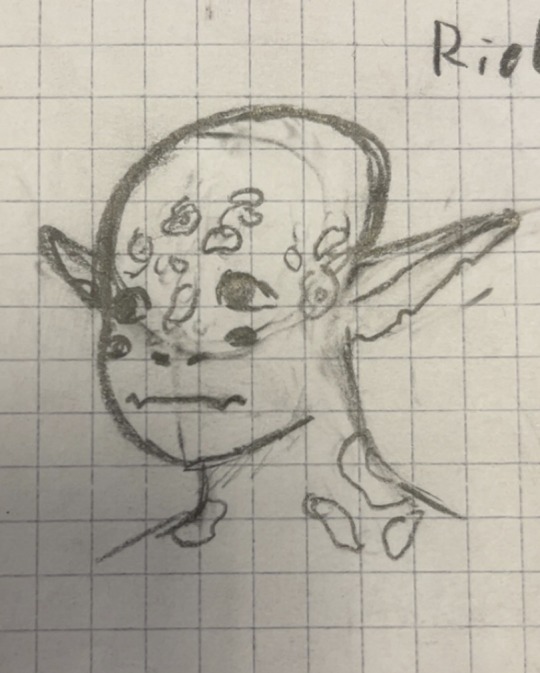
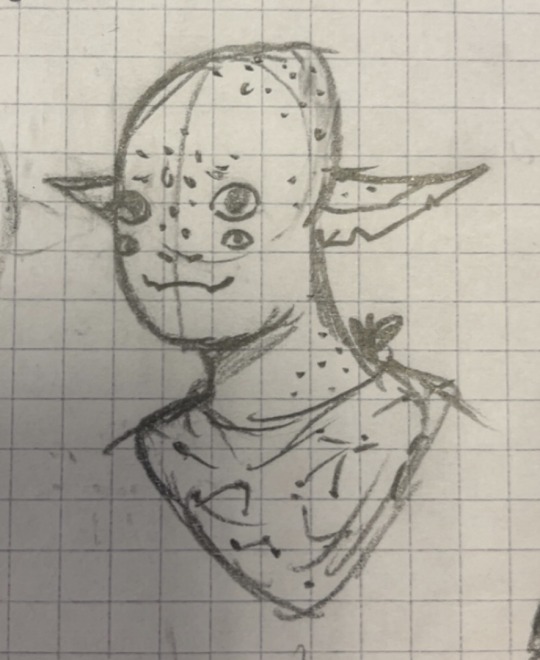
Bonus Hatchling on whiteboard:

#the pencil sketches were done in my math book lol#exams are over so I have no motivation to do work in class#so drawing the travelers it is!#outer wilds#outer wilds fanart#my art
22 notes
·
View notes
Text






Crammond Mesolithic Site, Crammond, Edinburgh, Scotland
Excavations carried out on this spot in 1995 discovered the remains of what at the time was Scotland's earliest known settlement. The archaeologists discovered stake holes and pits, together with thousands of hazelnut shells and tools made of flint and chert.
The stone tools included arrowheads, scrapers, burins (for punching holes) and small blades for hunting and gathering activities. The stake holes marked the site of tent-like shelters where the people sat making and using these tools and also where they prepared and cooked their food. The pits were filled with the burnt shells of hazelnuts which were an important food source. These shells have been carbon dated to around 10,500 years ago (between 8,630BCE and 8,250BCE). The people who camped here so long ago were amongst the first to discover Scotland after the last Ice Age had ended, less than 1,000 years earlier. It marks the start of the Mesolithic period in Scotland. This lasted until the arrival of farming in the Neolithic period at around 4,000BCE.
Sea levels rose when the last Ice Age ended. This flooded the land (Doggerland) which had joined the south of Britain to the continent. People had to move because of this, some moving north along the coast. These explorers were skilled at gathering all the things they needed to survive from the countryside around them.
We need to imagine how Cramond looked 10,000 years ago. This was a great place to choose for a campsite. The sea and the River Almond offered plenty of food, such as fish and shellfish. The local forest provided other foodstuffs and resources, such as wild animals and birds, nuts, berries and plants, as well as animal skins for clothing and wood for fuel and building.
#ice age#stone age#bronze age#iron age#prehistoric#prehistory#neolithic#mesolithic#paleolithic#archaeology#hunter gatherer#prehistoric site#ancient sites#ancient living#settlement#shelter#community#Scotland#Edinburgh#Crammond
58 notes
·
View notes
Note
top five rocks
5. 4. 3. Andesite, Anorthosite, Aplite, Basalt, Basanite, Carbonatite, Dacite, Diabase, Diorite, Dunite, Foyaite, Gabbro, Granite, Granodiorite, Harzburgite, Hawaiite, Hornblendite, Ignimbrite, Ijolite, Kimberlite, Komatiite, Limburgite, Monzonite, Nepheline syenite, Norite, Obsidian, Pegmatite, Peridotite, Phonolite, Picrite, Porphyry, Pumice, Pyroxenite, Rapakivi, Rhomb-porphyry, Rhyolite, Scoria, Sövite, Syenite, Tephrite, Tonalite, Trachyandesite, Trachyte, Troctolite, Trondhjemite, Tuff, Arkose, Banded iron formation, Bauxite, Bog iron, Breccia, Chalk, Chert, Coal, Conglomerate, Coquina, Diamictite, Diatomite, Dolomite, Evaporite, Flint, Graywacke, Gypsum, Laterite, Lignite, Limestone, Oil shale, Oolite, Phosphorite, Sandstone, Shale, Siltstone, Tillite, Travertine, Turbidite, Umber, Amphibolite, Anthracite, Blueschist, Charnockite, Eclogite, Epidosite, Fenite, Gneiss, Granulite, Greenschist, Greisen, Hornfels, Marble, Metapelite, Migmatite, Mylonite, Phyllite, Quartzite, Schist, Serpentinite, Shungite, Skarn, Slate, Soapstone, Suevite 2. Lapis Lazuli 1. Cummingtonite
25 notes
·
View notes
Text




Partial echinoids finds.
Good little Fossil Friday on Tumblr. Found recently this two parts of echinoids from different genus, both with the lengthy flint sponge on the gravel dirt track from an recently created parking lot sidewalks to an rural street.
The first is some kind like the previous found echinoids in their oval round shaped form without their patterns in orange flint.
But this is not flint chert, breaks different and has some pattern spots on it, like the molding of the shell on one side remains. Pressured into.
The other grays chert damaged seems to be an pressured fossil echinoid to beginn on side, and then broken apart in to 2, 3 parts.
Both were on the gravel dirt place overrun before from a lot of cars and people, but I can not tell if there were damaged since then, found no missing parts here.
Also an Etsy mail is one the way to me with some tumbled rocks & an bag of recognize fossils for collection, showing here and identification purpose myself & of the blog.
#fossils#fossil friday#rocks#fossil collecting#fossil hunt#echinoids#flint fossil#chert#fossils in germany#geology#fossils 2024
6 notes
·
View notes
Text
youtube
10 minute challenge! Flint knapping chert in 10 minutes
from Gulf Coast Knapping
24 notes
·
View notes
Text
The Travelers!

Hatchling (aka Flint), Gabbro, Feldspar, Chert and Riebeck::)
#wanted to solidify my designs for them so I have something to reference when I (hopefully) start doing more art with them#chert ended up.. kinda creepy? don't know why#outer wilds#outer wilds fanart#echoing thoughts#echo's art
11 notes
·
View notes